 |
This is the first picture I made with my new ST80 refractor. It is a mosaic of two images because the focal length of the ST80 is 400 mm which is too long to get the whole Moon onto the CCD.
|
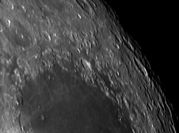 |
The enigma of Eimmart, resolved? A picture at day 15.5 with the light coming from the west shows Eimmart looking like a normal crater.
|
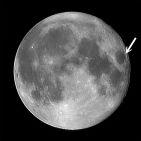 |
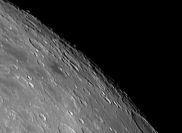 |
This is the north-east region imaged a day after full moon.
The picture was taken with a ToUcam attached to my LX200 on 16th November 2005
when the Moon was 15.5 days old.
|
 |
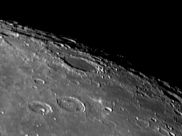 |
This is an area just north of the area above, and imaged the following day..
|
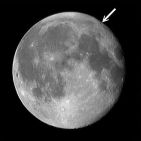 |
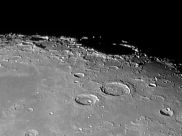 |
This is another picture of this same area taken a day later.
|
 |
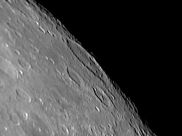 |
This is south of the area shown above and is to the north and east of Mare Crisium. It was imaged the day after full Moon. The major crater is Gauss and the page includes a close-up picture..
|
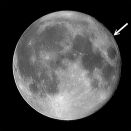 |
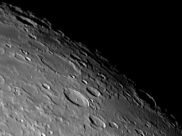 |
This area is west of the area above and imaged the following day, two days after full Moon. .
|
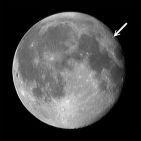 |
 |
Just south of the area above is Cleomedes is an unremarkable crater on the northern margins of the Mare Crisium. The image was made two days after full Moon.
|
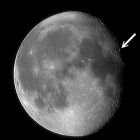 |
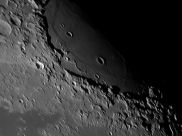 |
Taken later the same night, this is the western side of the Mare Crisium imaged at sunset, which brings out the dorsum along the edge of the basin.
|
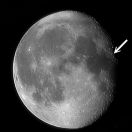 |
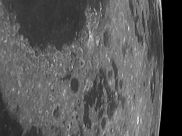 |
Mare Marginis, an old basin in the eastern libration zone. The page includes a link to a picture covering Mare Smythii as well.
|
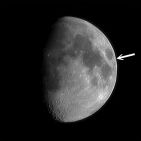 |
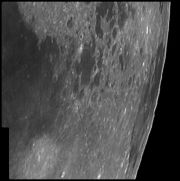 |
Mare Smythii is a well-defined mare in the libration zone, just south of the picture above. The page includes a link to a picture covering Mare Marginis as well.
|
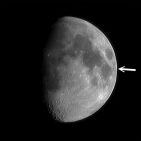 |
 |
This area is in the far east and just south of the lunar equator. The large crater in the centre is Langrenus.
|
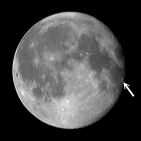 |
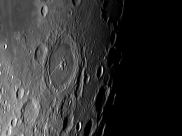 |
Petavius is the major crater here and is placed in the south-east quadrant.
|
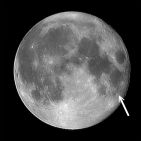 |
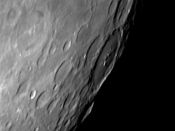 |
This is the far south-east and is east of my picture of the southern highlands. The major crater is Humboldt, seen at a very favorable libration and only 20 hours after full Moon.
|
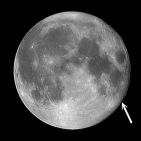 |
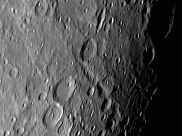 |
I've added a better picture of the area around Rheita and the Rheita Valley.
|
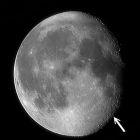 |
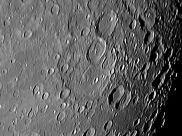 |
And a new and improved picture of Janssen.
|
 |
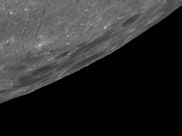 |
Mare Australe is an indistinct area of dark spots mainly on the far side of the Moon but a small part shows during favourable librations. The libration here is favorable but not dramatically so (4° 26' in longitude, -0° 4' in latitude).
|
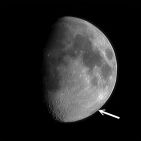 |
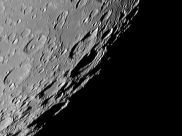 |
Boussingault is a fascinating crater in the libration zone of the far south. Unfortunatly the lighting as not at its best.
|
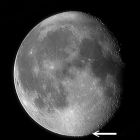 |
 |
Another picture of the South Pole.
|
 |
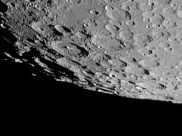 |
This is a new picture of the area near the south pole taken when the age of the Moon was 9.8 days with the light coming from the other direction from my previous picture. Libration is neutral.
|
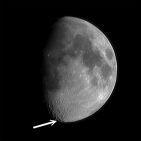 |
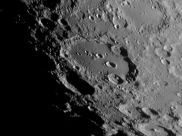 |
A new picture of Clavius.
|
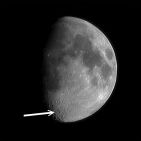 |
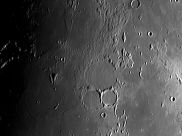 |
A new picture of Fra Mauro.
|
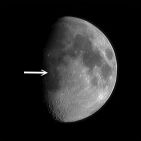 |
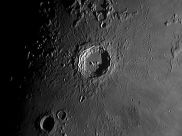 |
Copernicus with a link to a mosaic including Eratosthenes.
|
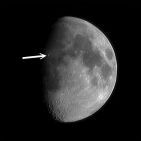 |
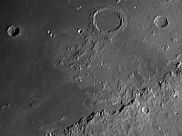 |
Montes Archimedes are a small range of hills south of the crater Archimedes.
|
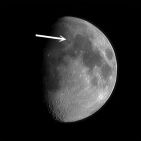 |
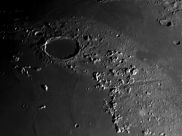 |
A new picture of Plato and the Lunar Alps.
|
 |


















































